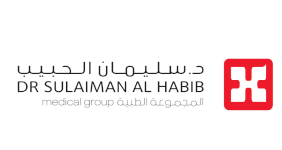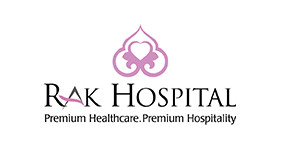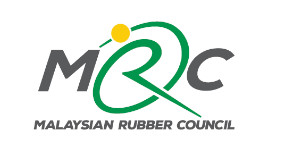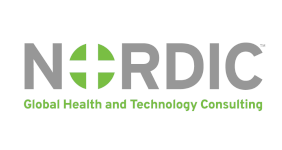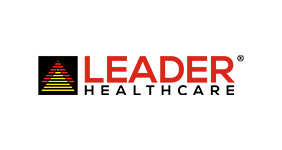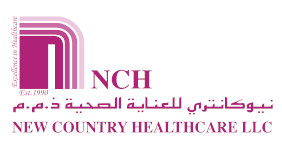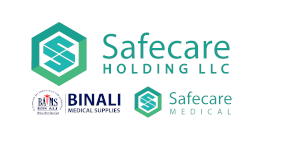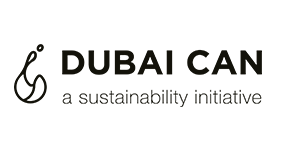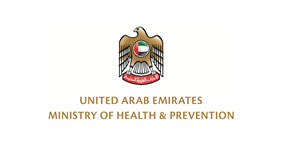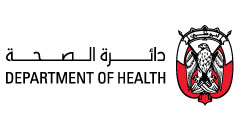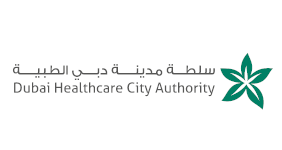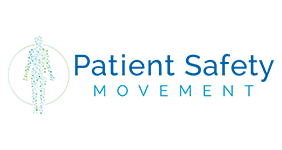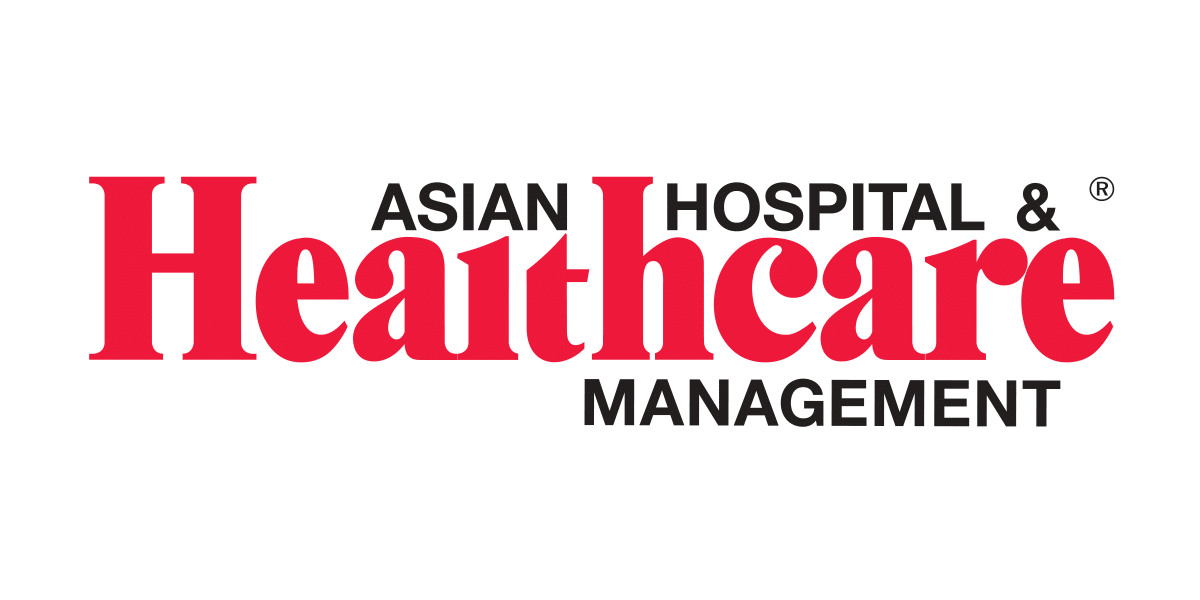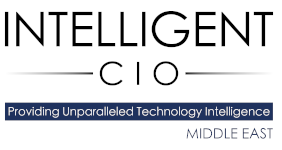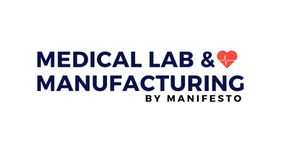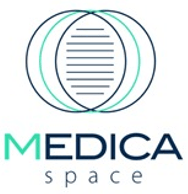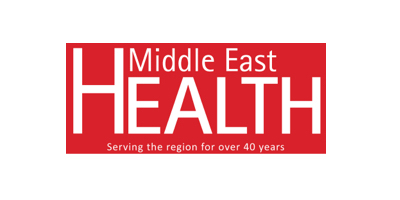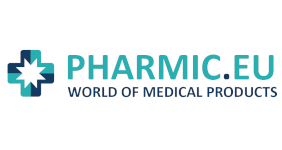Infrastructure is at the core of patient care and supports fundamental elements, including safety, efficiency, timeliness, privacy, equipment and access to medical supplies. We examine some of the biggest healthcare trends in hospital infrastructure and their role in enhancing patient outcomes.
Over the past two years, the pandemic has highlighted the vulnerabilities of the healthcare infrastructure industry, right from ageing assets to increasing patient demand. It caused a shift to reform healthcare delivery so that, moving forward, systems will be responsive to pandemics and meet shifting consumer appetites and preferences towards more digital healthcare access options. This change has required exploring new infrastructure planning, investment, design, operations and delivery models.
Healthcare infrastructure revolves around the facilities, buildings and equipment required to deliver healthcare. The construction of hospitals is especially critical for maintaining public health as they contain all the essential components needed for diagnosing, treating, and managing various medical diseases and disorders. Maintaining existing facilities and acquiring newer technologies to provide patients and staff with an adequate hospital standard contribute significantly to the efficacy of patient outcomes. Post-COVID, there is an increasing need to plan for isolation and infection control through strategies such as creating a forward triage and scenario-based segregation of infectious and non-infectious zones within the facility.
According to recent research, the global healthcare architecture market size is projected to reach US$8,210.5 million by 2025, exhibiting a Compound Annual Growth Rate (CAGR) of 4.1% between 2018-2025. In the Middle East and North Africa (MENA) region, hospital projects worth US$23.8 billion are in the pipeline, highlighting the need for additional hospital beds, clinics, pharmacies, operation theatres, medical laboratories, physiotherapy centres and associated facilities in the coming years. According to the UAE Ministry of Economy and UAE International Investors Council, the country alone has around 700 healthcare projects under development with a total investment of US$60.9 billion.
What’s trending in the healthcare infrastructure and assets industry?
Focus on digital
With patients progressively wanting to access healthcare services from the comfort of their homes, several healthcare providers are implementing digitised, virtual solutions to serve patients better remotely. A digitally focused model of care that leverages virtual or AI-powered healthcare services will enable provider communities to reach a broader patient base beyond geographical boundaries. It ensures the delivery of high-quality, cost-effective care; and maximises precious resources by reducing spending on physical infrastructure.
Harnessing the power of digital in the design of assets using computational design and multi-dimensional modelling also helps in planning to improve efficiency, quality and costs. Tools like Big Data and AI will allow designers to comprehend patterns out of the already existing profiles of patients and put them to use for creating dynamic design layouts for hospitals that are reconfigurable.
Smart construction techniques
Incorporating offsite modular or robotic construction can help deliver flexible infrastructure efficiently. It will help reduce the cost of delivery overall and make healthcare assets flexible and adaptable to future demands. For example, pre-manufactured walls allow hospitals to reconfigure rooms as needed and avoid heavy-duty construction. Additionally, mobile or modular clinics can be a valuable extension of any facility that can serve various functions depending on need.
Decarbonisation
Another prerequisite for resilient health systems is to move towards low-carbon healthcare. Moving to onsite renewables or purchasing energy-efficient medical devices, for example, will reduce emissions and improve energy security in times of disaster. A sustainable healthcare system should focus on factors such as safety and meeting global standards, getting the same quality or better affordable care, better quality of life with a shorter waiting time, and a place with higher service and skilled labour.
Optimisation
Healthcare organisations must look beyond building more and consider repurposing existing assets. This can be achieved through strategic asset management and utilising tools such as digital twins, and applying data analytics through machine learning to help inform better investment decision-making and improve the planning and operation of existing assets.
Making healthier decisions
Hospitals and healthcare institutions will adopt design strategies that create a healthy environment by focusing on the “points of decision”, where people make choices about their physical activity or diet and influence the decision at that point, enabling preventative healthcare.
Furthermore, architects will consider creating a “health neighbourhood” around healthcare facilities, especially those in the community, so that they can become a health destination rather than a “sickness” destination. The focus should also be on making health and well-being a core focus of healthcare facilities by designing warm, environment-friendly, well-lit, integrated natural spaces that promote healthier choices.
References:
https://www.fortunebusinessinsights.com/industry-reports/healthcare-architecture-market-100067
https://www.laingbuissonnews.com/imtj/news-imtj/mena-new-hospital-projects-grow/
https://www.aurecongroup.com/insights/five-trends-healthcare-infrastructure
https://www.digitalfirstmagazine.com/innovations-and-trends-in-healthcare-infrastructure/
https://elakeside.com/medical/healthcare-trends-hospital-infrastructure/






